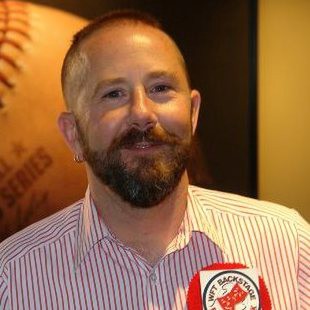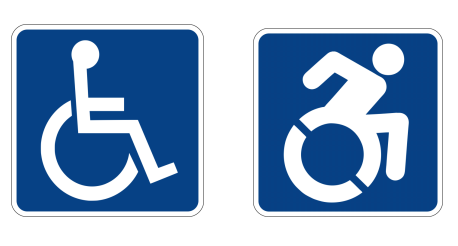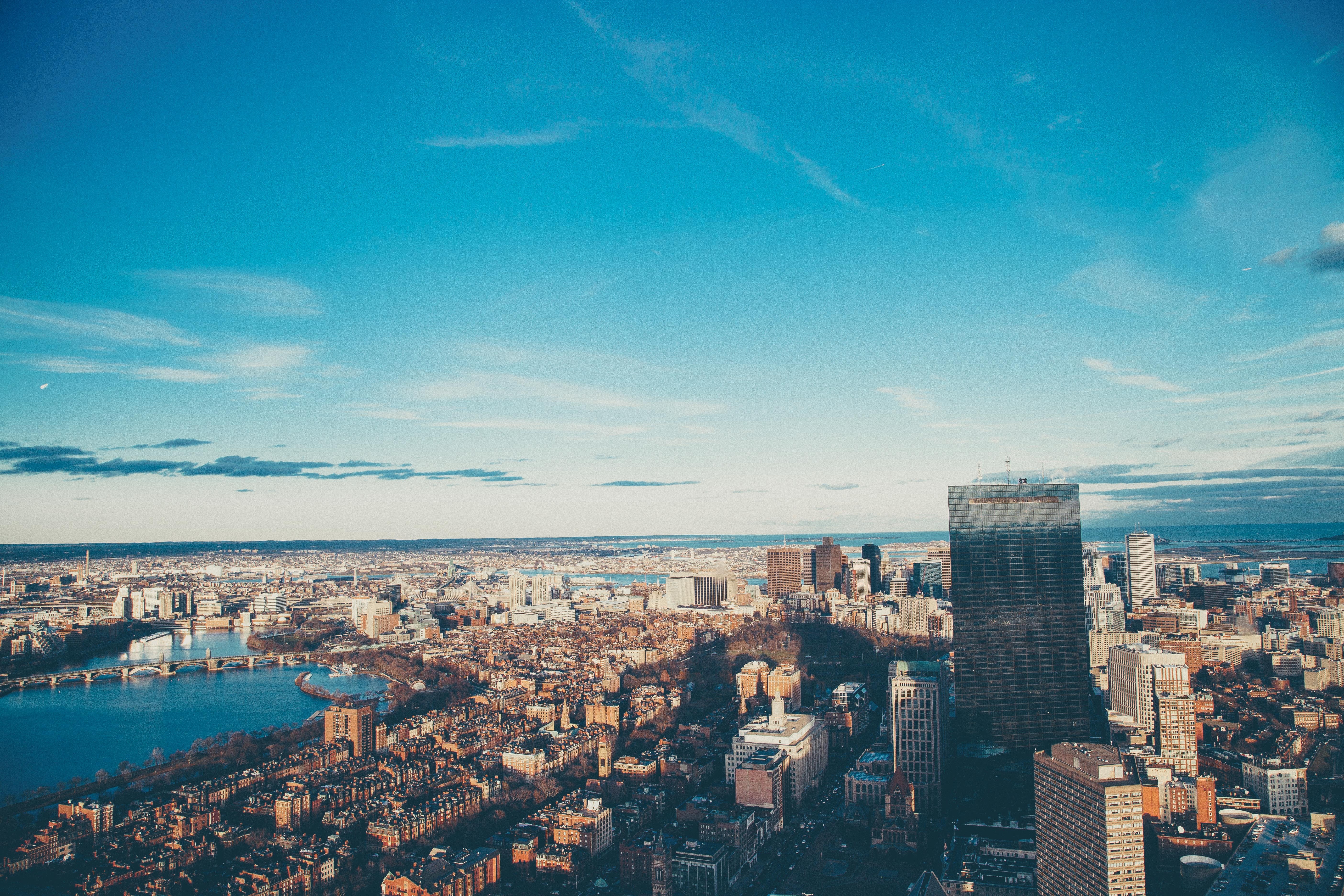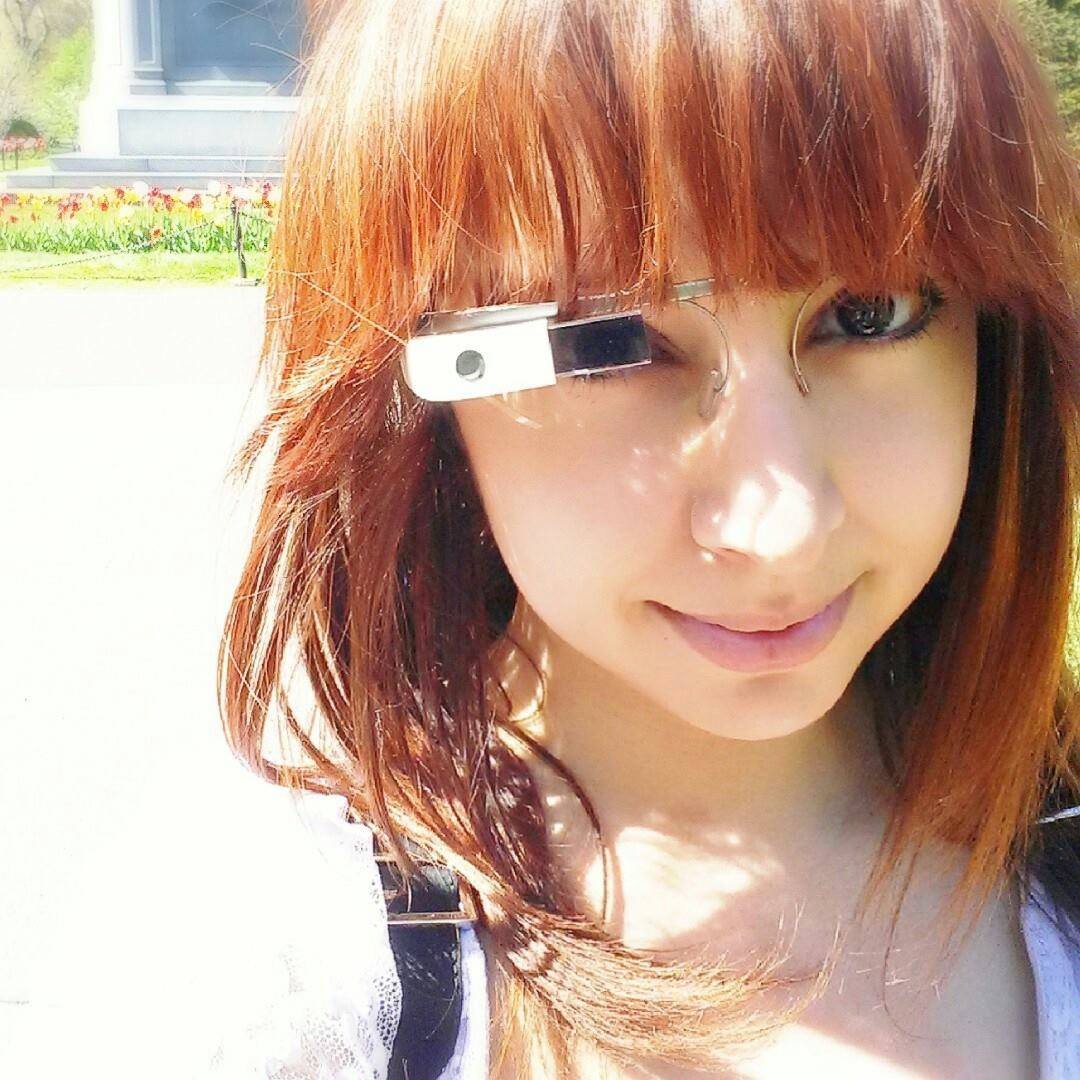Charles G. Baldwin is the Program Officer for the Mass Cultural Council’s Universal Participation (UP) Initiative, which provides resources for organizations seeking to develop inclusive and equitable tools for policy development and community engagement.

A few weeks ago, you spoke at HUBweek’s Accessible Art Call information session. We LOVED it. Guide us through some of the highlights from that conversation.
When I did the presentation, I wanted to be provocative, to get people thinking because we know that one size doesn’t fit all. What is accessible for me, might not be accessible for you. While the goal may be universal, we have to accept that someone may be left out. So the reaction is, how can I listen to include this person or this demographic next time? Are there ways that I can broaden the access or are there other methods or enhancements to at least facilitate a greater access. That, for the artist, for the creative thinker, is part of this. What is accessible art? What does that mean? Does that mean it’s accessible based on age, culture, physical ability? It’s a very interesting question why is why I think there is great potential for some really interesting projects whether it’s a performance, a sculpture, an installation — I’m really curious to see what arises.
What can you tell us about action versus reaction as it relates to the image below?

That very stick figure has come to embody the entire disability movement. When people wanted to make it more active, guerrilla action occurred. Throughout the presentation, I was trying to tease out the question of “what is accessible art?” by using those images. I like that nature of gorilla work disrupting the typical because I also know that things change often based on behaviors. When thinking of Union Point as a place, I always like to remind people that place is not a static environment, but rather a sequence. How do you get there? How do you leave? Place is very dynamic thing. So much talk is done about identity; you’ve certainly got people who identify as a person with a disability, but you have people with functional limitations that have other identities. So, accessible art could be as individual as how you define yourself within the broader culture, and I think that’s an interesting point of tension. That tension can be a creative place.
What are some cool examples of accessible art you are familiar with?
The VSA’s Inclusive by Design concert is a great example. It’s a musical performance that can be interpreted visually and audibly outside of musical instruments. One of the things I love about the inclusive by design concert is its ability to interpret music through a paint, color, and gesture. The Cooper Hewitt museum is also doing really interesting work with the enhancements that help people move and get about so that it’s no longer trying to duplicate the look of a caucasian leg but rather highlight it and celebrate it, rather than try to disguise it, bringing it to the forefront.
The HUBweek Change Maker series showcases the most innovative minds in art, science, and technology making an impact in Boston and around the world.
To stay up to date on our Change Makers, events in Boston, and everything else at HUBweek, subscribe to our newsletter, and follow us on Twitter, Facebook, and Instagram.

